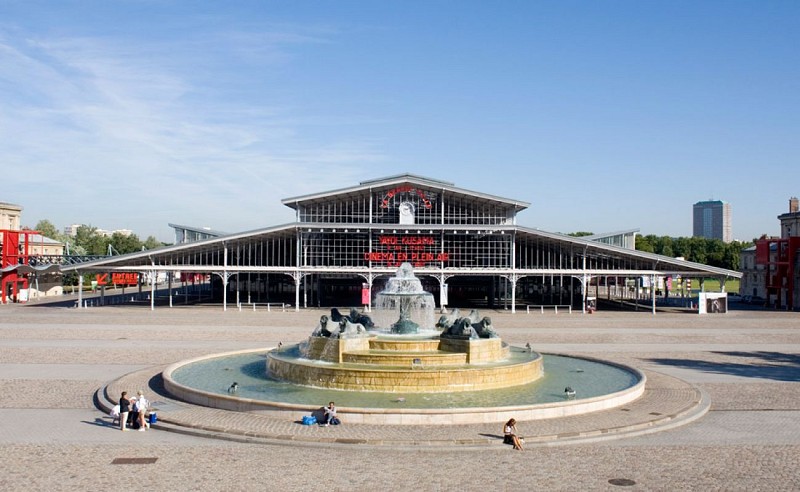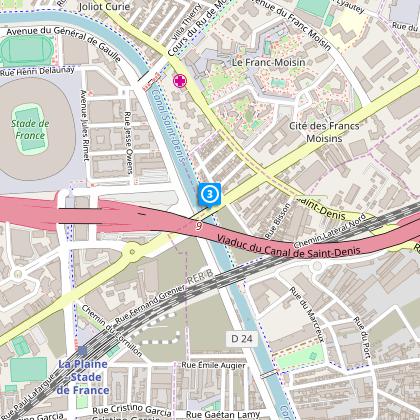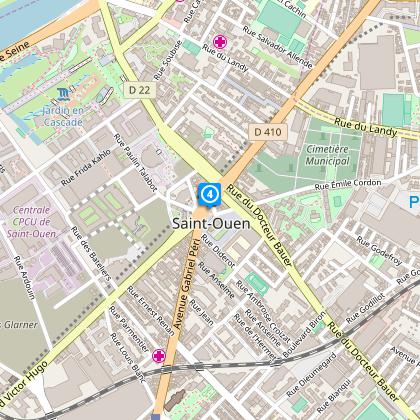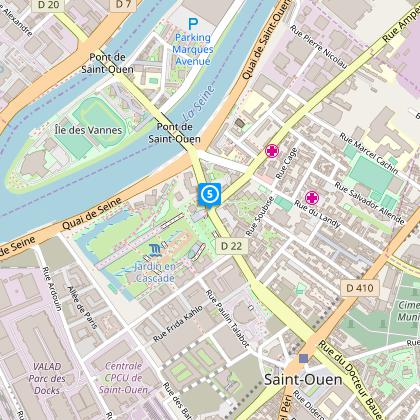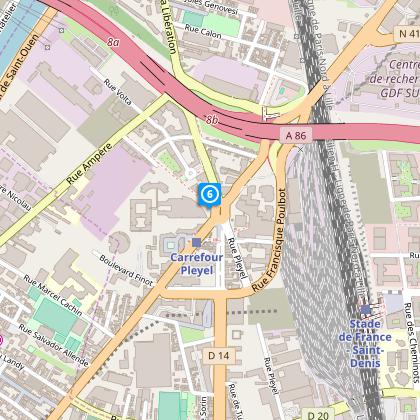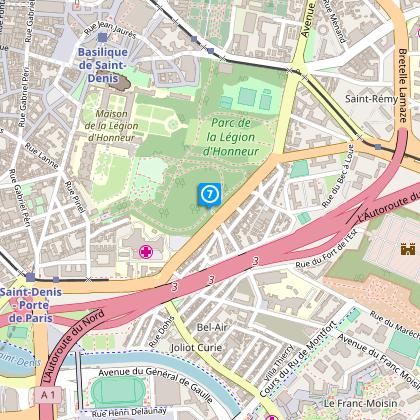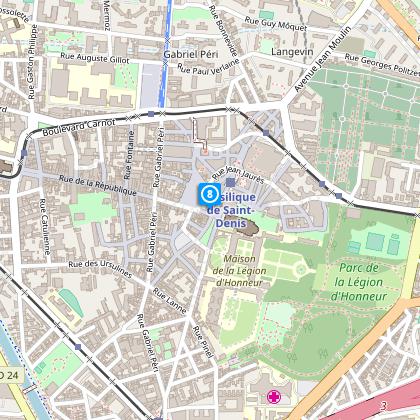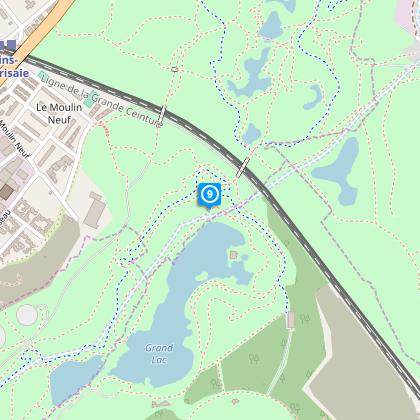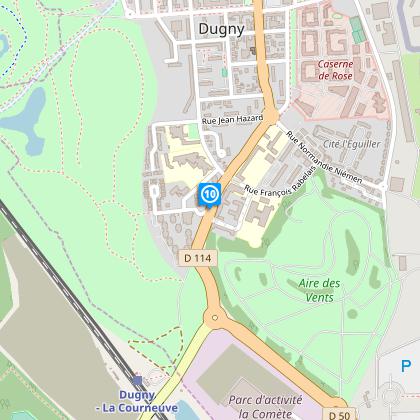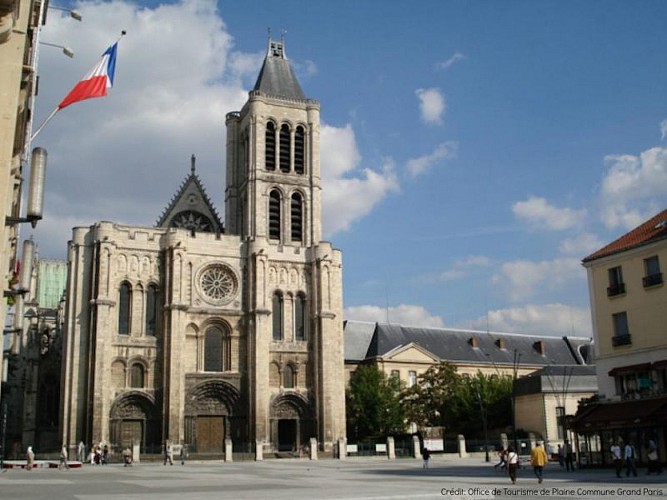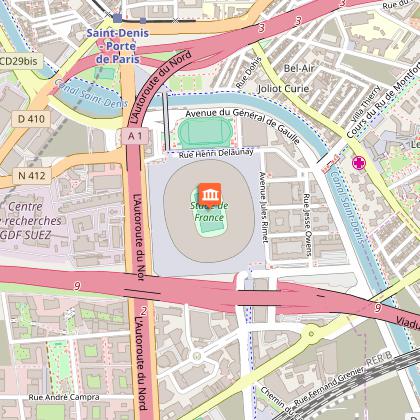Alerta
Alertas
24 Km para 2024 Edición 2017

El resumen de Cirkwi
El recorrido de 24 km para 2024 no es solo una caminata; es una experiencia inmersiva que apoya la candidatura de París para los Juegos Olímpicos y Paralímpicos al tiempo que revela el patrimonio arquitectónico y ambiental de Seine Saint Denis. Ofrecido por FFRandonnée Seine-Saint-Denis, esta aventura permite a los participantes elegir distancias que van desde los 9.5 km hasta los 24 km, lo que lo hace accesible para todos. Capturando el espíritu olímpico, el recorrido te guía a través de hitos históricos, incluida la icónica Basílica de Saint-Denis, mezclando la actividad física con la exploración cultural en una celebración única del pasado de París y sus futuros sueños olímpicos.
Detalles clave del recorrido revelados
Con una extensión aproximada de 26.9 kilómetros, este recorrido meticulosamente trazado alcanza su punto máximo a una altitud de 57 metros, y el punto más bajo se sitúa a 28 metros sobre el nivel del mar. Las elevaciones oscilan, presentando un cambio acumulativo de elevación positiva moderada entre los 51 y 67 metros a lo largo del recorrido. Estructurado por FFRandonnée Seine-Saint-Denis, es un camino que desafía y recompensa, logrando un equilibrio entre la accesibilidad para el caminante ocasional y la participación para el excursionista más experimentado.
Consejos estacionales para cada viajero
No importa la temporada, prepararse para el recorrido de 24 km exige algunas consideraciones. La primavera y el otoño ofrecen temperaturas suaves y paisajes vibrantes, lo que los hace ideales para caminar. Sin embargo, debes estar preparado para la lluvia llevando equipamiento impermeable. Los veranos pueden ser cálidos, por lo que se recomienda comenzar temprano en la mañana para evitar el calor, además de llevar protector solar y suficiente agua. Los inviernos, aunque más fríos, proporcionan una atmósfera fresca; es crucial vestirse en capas para mantenerse abrigado y asegurarse de llevar calzado adecuado para caminos potencialmente resbaladizos. En términos de seguridad, siempre informa a alguien sobre los detalles de tu ruta antes de emprenderla.
Seine Saint Denis: Corazón del Patrimonio
Seine Saint Denis, con su escenario central como destino del recorrido de 24 km, es un vibrante tapiz de importancia cultural e histórica, especialmente notable por sitios como la Basílica de Saint-Denis. Esta región, que combina un rico pasado con un presente dinámicamente en evolución, ofrece una narrativa profunda sobre la historia real de Francia y una visión del futuro del país como potencial anfitrión olímpico. El área sirve como testimonio del dominio arquitectónico de Francia y su larga tradición de conmemorar héroes y eventos históricos a través de monumentos, lo que la convierte en un valioso recurso educativo tanto para los habitantes locales como para los visitantes.
Guía climática para una visita óptima
El clima en el área parisina, incluyendo Seine Saint Denis, es predominantemente oceánico, con veranos suaves a moderadamente cálidos e inviernos fríos. Las precipitaciones se distribuyen de manera equitativa a lo largo del año, lo que implica que no hay un momento específicamente incorrecto para emprender el recorrido de 24 km para 2024. Sin embargo, para tener la experiencia más agradable, apunta a finales de la primavera (mayo a junio) o principios del otoño (septiembre a octubre). Estos períodos suelen ofrecer un clima templado, senderos menos concurridos y la belleza natural de la región en una transición suave, lo que proporciona un telón de fondo óptimo para esta exploración cultural e histórica.
IGN tarjetas
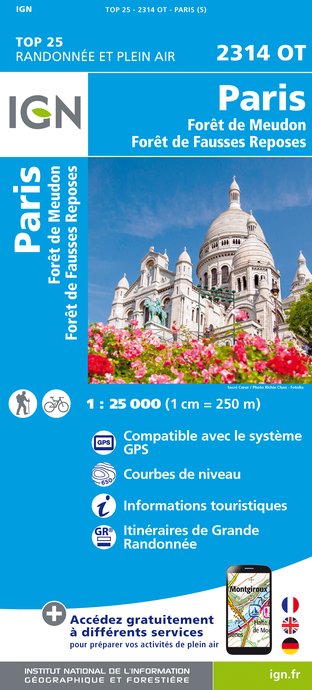



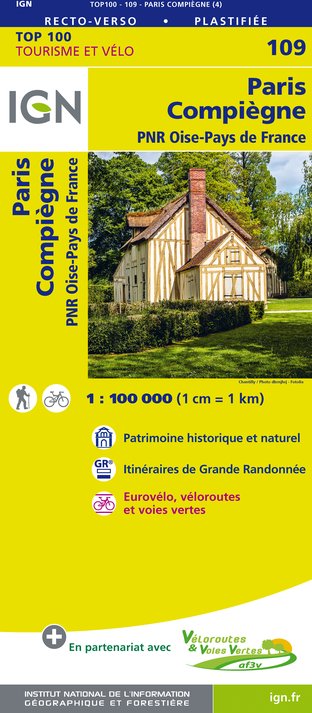






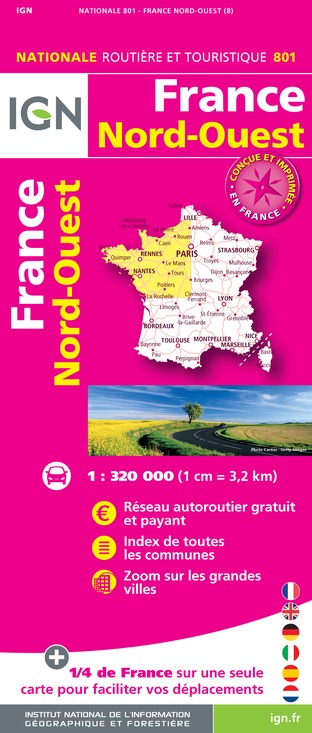

Informaciónes técnicas
Perfil altimétrico
Punto de partida
Pasos
Puntos de interés
Autor de los datos

